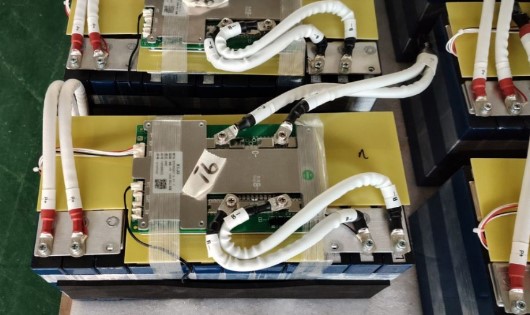Iron-phosphate batteries LiFePO4/LFP
November 22, 2024
Iron-phosphate batteries, also known as lithium-iron-phosphate batteries (LiFePO4 or LFP), are a type of lithium-ion battery that has gained popularity due to their safety, durability and stable performance. These batteries differ from other lithium-ion batteries, such as lithium-cobalt-oxide (LiCoO2) batteries, due to their chemical structure, which gives them certain advantages and disadvantages.

Main characteristics of LFP batteries
- Chemical composition: Iron phosphate (LiFePO4) is used as the cathode material, while the anode is traditionally made of graphite. The iron phosphate structure provides high resistance to thermal changes, which increases the overall safety of the battery.
- Safety: Due to their stable chemical structure, LFP batteries are less prone to overheating and are not prone to thermal runaway, which makes them less vulnerable to fire. This is a significant advantage over other lithium-ion batteries, which can be prone to spontaneous combustion.
- Long service life: One of the main advantages is a long cycle life - LFP batteries can withstand 2000-4000 charge-discharge cycles, while retaining most of their capacity. Some high-end models can even exceed 5,000 cycles.
- High discharge tolerance: These batteries can be discharged to lower voltage levels without significantly affecting their lifespan. This makes them suitable for applications that require regular deep discharges.
- Environmentally friendly: Unlike batteries containing cobalt or nickel, the production of LFP batteries has a lower environmental impact, as iron and phosphate are less toxic and easier to recycle.
Areas of application
LFP batteries are used in a variety of applications, including:
- Electric Vehicles: Due to their safety and long cycle life, many electric vehicles use LFP batteries, especially models aimed at the mass market.
- Energy Storage Systems: Due to their deep discharge resistance and long life, they are ideal for home and commercial energy storage systems.
- Portable Devices and Equipment: They are used in a variety of portable devices and electrical equipment where safety and durability are critical factors.
To learn more about how it works and how to choose the right model, visit the website.





























































































































